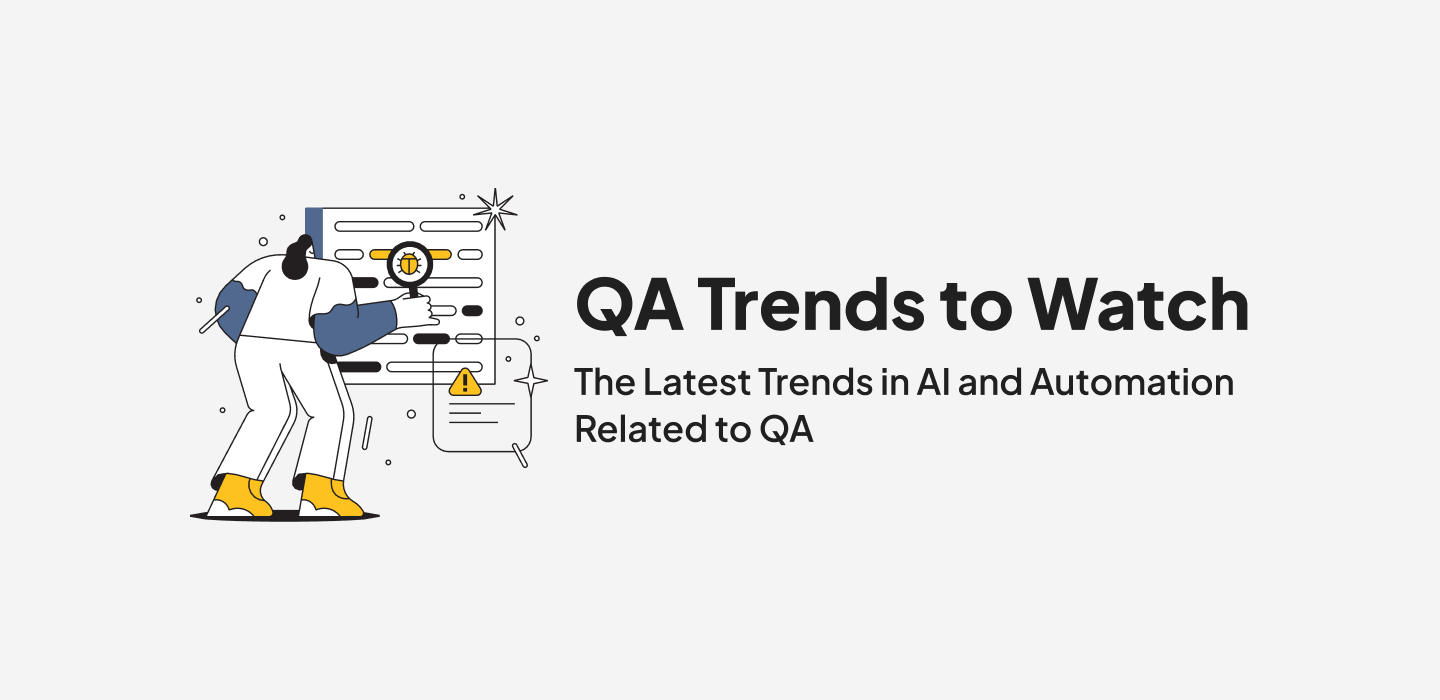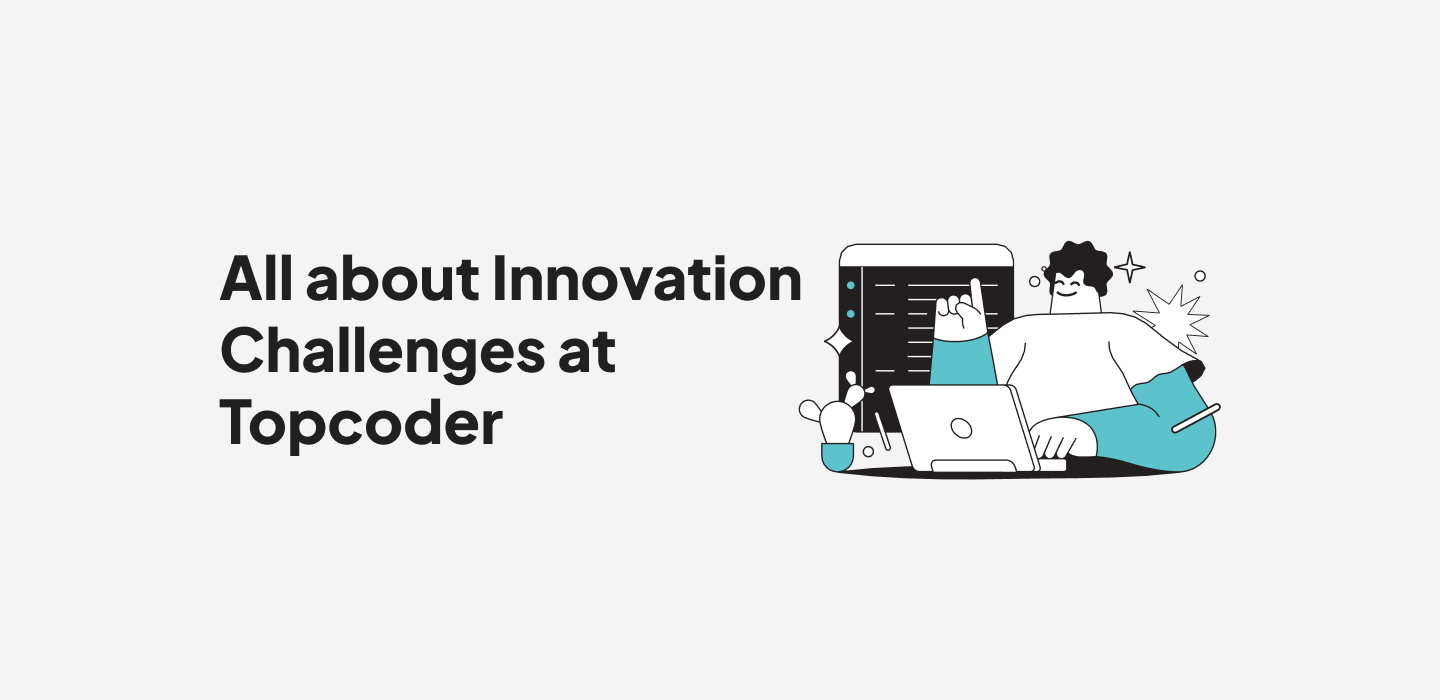August 16, 2021 Hybrid Work vs. Hybrid Workforce – What’s the difference?
Microsoft recently put out a great article about the future of work: The Next Great Disruption Is Hybrid Work—Are We Ready? Hybrid work, as they define it, is a blended model where some employees return to the workplace and others continue to work from home. The piece features awesome data from the 2021 Work Trend Index, which outlines findings from a study of more than 30,000 people in 31 countries and an analysis of trillions of productivity and labor signals across Microsoft 365 and LinkedIn. There were a lot of great points, AND there’s more to the story.
Hybrid Work vs. Hybrid Workforce
We all know that hybrid work is here to stay. People want the freedoms, there are efficiencies, and the tools allow for it. We’ve also experienced critical amounts of isolation and loneliness during the pandemic. Even with the advent of more flexability, the office isn’t dead. Many people really anchor society-wise to their office life. Hybrid work is a natural progression that blends the best of both worlds.
So what’s missing? It’s the leap from hybrid work to hybrid workforce. You have the opportunity right now to think about a results-driven environment that combines full-timers with skilled contractors and on-demand (crowd) talent, so you can be way more productive. Hybrid work is replacing your office with your home. Hybrid workforce is an actual new way that work is structured. What’s even more interesting is that many of the problems caused by remote work could potentially be solved by adopting a hybrid workforce model.
Dissecting the Trends
The article outlines seven trends that will shape the future of a hybrid work world. At a high level, they are:
- Flexible work is here to stay
- Leaders are out of touch with employees and need a wake-up call
- High productivity is masking an exhausted workforce
- Gen Z is at risk and will need to be re-energized
- Shrinking networks are endangering innovation
- Authenticity will spur productivity and wellbeing
- Talent is everywhere in a hybrid work world
We’ll look closely at a few of these trends, and explore how a hybrid workforce continues the narrative into the future of work.
High productivity is masking an exhausted workforce
The article shares compelling numbers about the human cost of our increased productivity:
- 1 in 5 respondents say their employer doesn’t care about their work-life balance
- 54% feel overworked
- 39% feel exhausted
The average number of meetings and chats has steadily increased since last year, and our burnout is real. A hybrid workforce can help address this. You can go get talent to help you get your work done. An open talent approach allows you to more easily bring in experts on-demand.
Shrinking networks are endangering innovation
Data shows that teams are more siloed in a digital work world. People are feeling isolated and removed, even though the technology is there, and that’s making them feel like they don’t have opportunities to be creative. With a hybrid workforce, you can instantly increase your network to drive innovation. You can tap into different aspects of skill that you might not have access to or know how to get access to.
In a hybrid workforce world, if you have the thought: “I want to try something. I want to get something to an MVP or a POC, or just bounce some technical ideas off of people that aren’t in my office.” You can go do that. That’s a way in which people should be thinking about using crowd, using Topcoder, or using talent platforms.
Talent is everywhere in a hybrid world
As Microsoft rightfully points out, “One of the brightest sides of the shift to remote work is that it widens the talent marketplace.” We’ve been touting this benefit of our model for years. A hybrid workforce creates opportunity for all. The scene that’s missing is that they’re still only talking about the talent marketplace in terms of full-time employees. We want to open it up to creating a true blended workforce. Using crowd as part of a disruption-proof talent strategy is smart. Disruption will inevitably come again, and a more open workforce model benefits both sides of the marketplace.
Choosing the Faster Path
We’re at a fork in the road. We are at this precipice of a legitimate new future of how work is accomplished. The next few years are going to greatly determine which path we take. The roads will meet up in the same place, but one of them is going to take much longer to get there. The other isn’t a shortcut, but it’s a much speedier path. If you choose to settle on hybrid work right now, you’re diverging at a critical moment, and causing another decade long delay.
Annika Nagy



